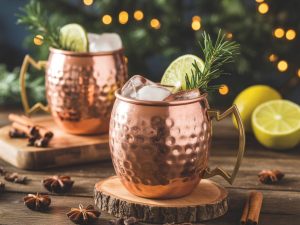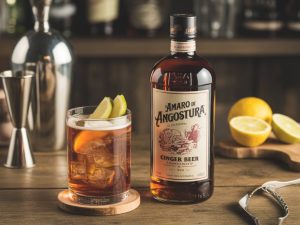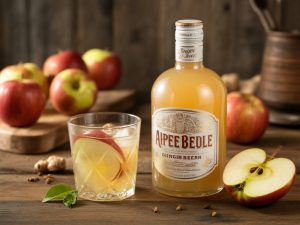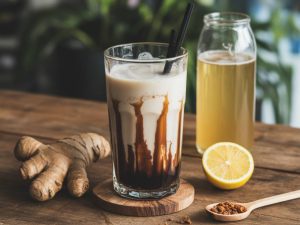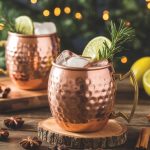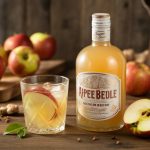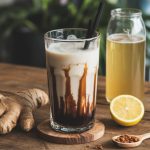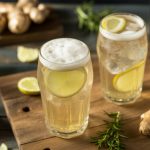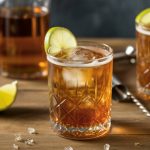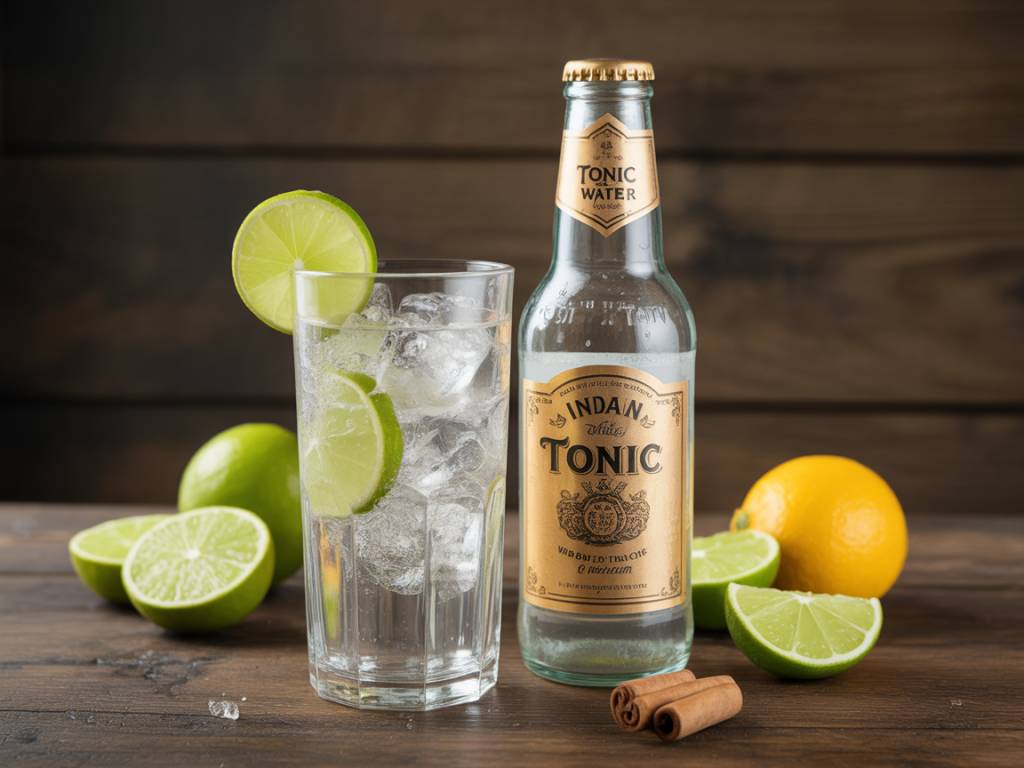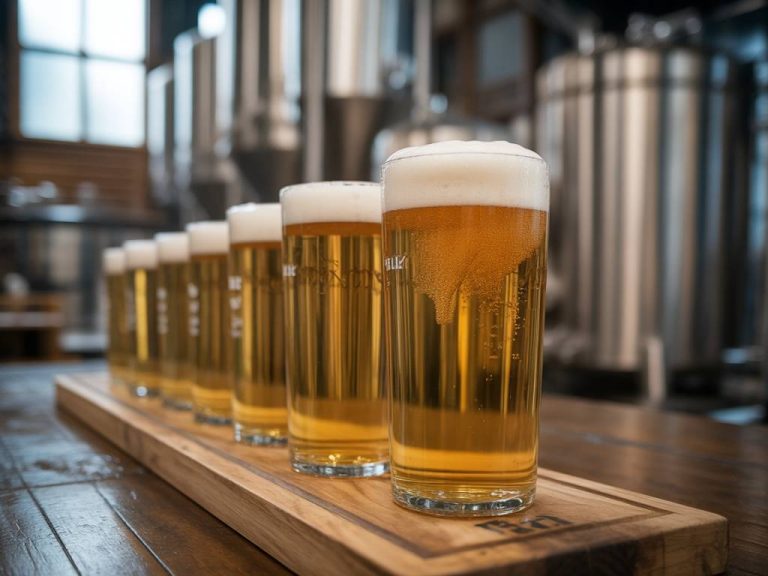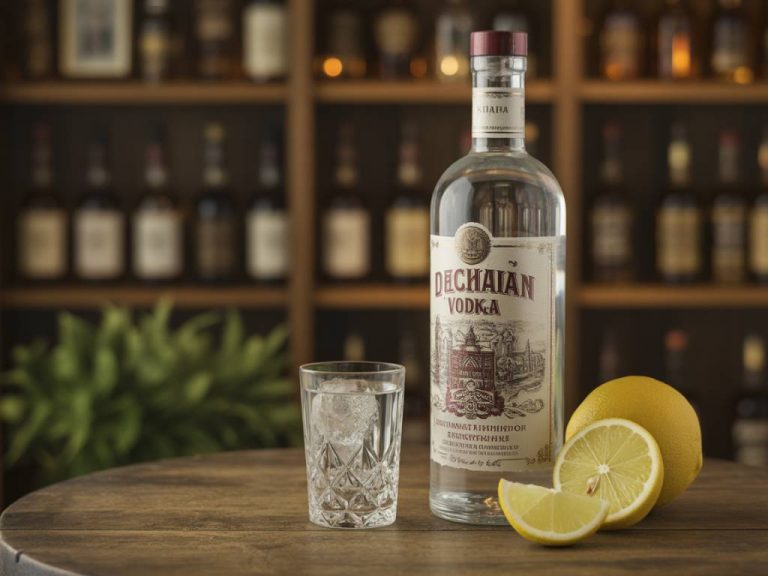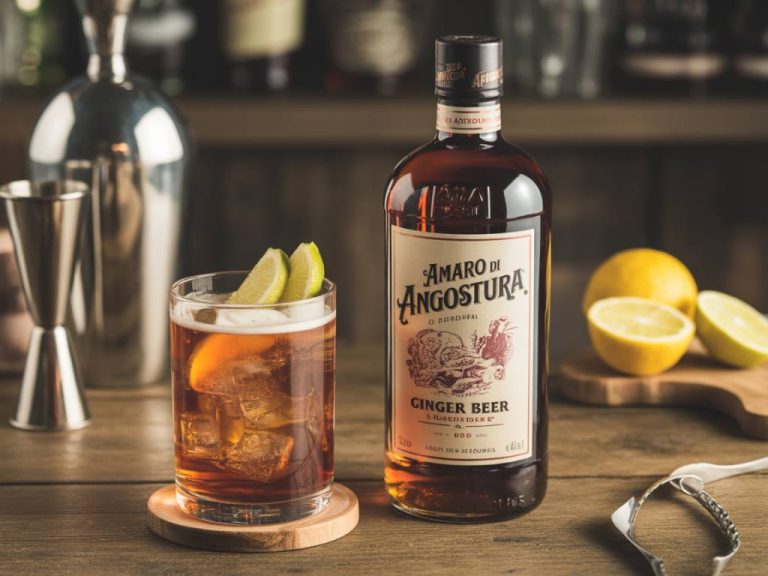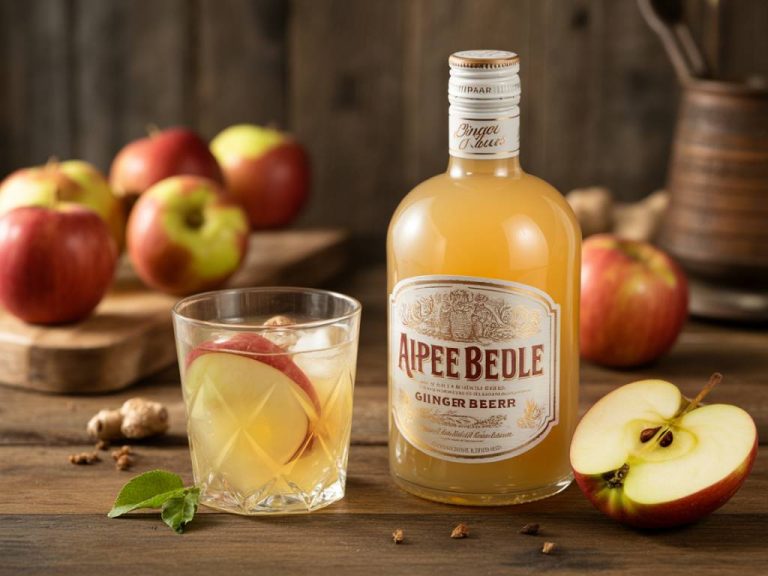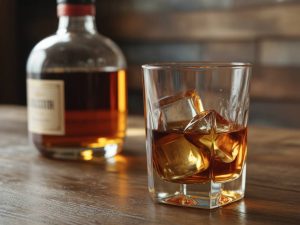What Really Makes an Indian Tonic Water “Indian”?
Walk into any well-stocked bar or specialty grocery aisle and you’ll quickly notice two seemingly similar bottles: tonic water and Indian tonic water. At first glance, they might seem interchangeable. After all, they’re both carbonated, bitter-sweet mixers with that signature quinine bite. But is there more than just branding at play? What exactly makes one “Indian” tonic and the other just plain tonic water?
Let’s break it down — historically, chemically, and gastronomically — to understand how these two beverages diverge, and when to reach for one over the other in your next cocktail creation.
A Bitter Beginning: The Origins of Tonic Water
The story of tonic water begins not in a cocktail glass, but in the jungles of South America. Indigenous Quechua people were the first to recognize the healing potential of the cinchona tree’s bark, used for centuries to treat fevers — later identified to be an effective remedy for malaria due to its key compound: quinine.
Fast-forward to British colonial rule in India. British officers were prescribed quinine as a malaria preventive — problem was, quinine is notoriously bitter. To make it palatable, they began mixing it with sugar, water, and eventually gin. Thus, the classic gin and tonic was born.
So when you’re sipping an « Indian » tonic water today, you’re tasting a nod to this colonial concoction — but that history alone doesn’t explain the taste differences on your palate. For that, we need to look under the cap.
Ingredient Profile: Tonic vs. Indian Tonic
While the term “Indian tonic” is often considered a marketing trace of its historical roots, it has come to represent a particular style and formulation since then. Here’s a breakdown of the typical compositional differences:
- Quinine Content: Both types use quinine, but Indian tonic waters often contain a slightly higher concentration, contributing to a bolder and more assertive bitterness. The FDA limits maximum quinine content to 83 mg/liter in the U.S.
- Sweeteners: Traditional tonic water may use high-fructose corn syrup in more commercial versions, while Indian tonic waters, especially artisanal brands, often opt for cane sugar or natural sweeteners like stevia or agave.
- Aromatics & Botanicals: Indian tonic waters frequently include additional flavorings such as citrus peel, lemongrass, ginger, or spices to echo the “exotic” flavor profiles associated with India. Standard tonic water tends to stick to a cleaner, more minimalist formula.
- Carbonation Level: Some Indian tonic waters are slightly less carbonated to complement the gin botanicals without overpowering them — though this varies brand by brand.
For example, Fever-Tree Indian Tonic Water includes botanicals like bitter orange and lemongrass, offering a richer aromatic complexity than, say, Schweppes Classic Tonic Water, which is generally crisper and more straightforward in its profile.
Use Case: Which One Goes Better With Your Gin?
Here’s where things get tactical. Choosing the right tonic water isn’t just about taste — it’s about synergy. A dry London gin won’t behave the same with an herbaceous tonic as it does with something neutral and effervescent.
If you’re working with a gin that’s heavy on juniper and citrus, a classic tonic water offers a clean canvas. But with modern gins that incorporate botanicals like cardamom, rose, or cucumber, an Indian tonic with matching flavor hints enhances the complexity rather than competing against it.
Want an example? Try this:
- Gin Mare + Fever-Tree Mediterranean Tonic: The herbal notes of rosemary and thyme in the tonic accentuate the Spanish gin’s olive and basil botanicals beautifully.
- Tanqueray + Schweppes Tonic Water: Simple, no-nonsense and with enough fizz to elevate the crisp juniper hit.
This isn’t to say one is “better” — it’s about match-making. Think of tonic water as the frame and gin as the painting.
Health and Nutrition Considerations
This wouldn’t be Ginger Beer Promotions if we didn’t touch base on health and nutrition. Despite its medicinal ancestry, today’s tonic water is no health elixir. A standard bottle of tonic water (250ml) contains around 90 calories and 22g of sugar — more than a similar serving of cola.
Indian tonic waters made by craft producers often lower the sugar content and use natural sweeteners, but always read the label. Or, if you’re mixing at home, experiment with homemade tonic syrups — you’ll have full control over sugar, bitterness, and flavor profile. They require a few specialty ingredients (think cinchona bark, citric acid, lemongrass), but are worth the extra effort if you’re serious about your mixers.
Also worth noting: while quinine remains FDA-approved at safe levels, those who are pregnant, on certain medications, or sensitive to quinine should exercise caution. The bitter flavor can be addictive — but the compound itself isn’t suitable for everyone.
Indian Tonic and the Ginger Beer Parallel
As someone fascinated by ginger in all its forms, I couldn’t help but draw a curious parallel between Indian tonic water and ginger beer. Both owe their identity to historical medicinal use, both have undergone western reinterpretations, and both now enjoy a renaissance in the craft beverage world.
Interestingly, some premium mixers are even combining the two: ginger-infused tonics that bridge the spiciness of ginger beer with the bitterness of tonic water. It’s a hybrid playground for bartenders. For anyone working on a zero-proof cocktail or enhancing a botanical gin, these blends offer exciting new pairings.
One of my favorite creations this month: a chilled Seedlip Garden 108 with a splash of East Imperial Yuzu Tonic and fresh ginger slivers. Fresh, floral, peppery — worlds apart from the G&Ts of old, yet firmly rooted in their traditions.
Why the Label “Indian” Still Matters
In an age where label transparency matters, “Indian tonic water” may feel anachronistic. But beyond marketing, it signals a particular taste profile: bitter-forward, balanced sweetness, often layered with aromatic botanicals. Think of it as a stylistic genre within the broader tonic category — akin to how IPA denotes a certain kind of beer, born from similar colonial trade dynamics.
It also caters to a palate increasingly attuned to complexity. We’re no longer just looking to “balance the gin” — we’re enhancing, experimenting, fine-tuning. For mixologists and drink enthusiasts alike, that small word “Indian” can be a big clue about the experience in the glass.
So Which Should You Choose?
Ask yourself what role the tonic is playing in your drink. Is it supposed to highlight the base spirit, contribute its own nuanced layers, or simply refresh? Indian tonic water is a great option when you want depth, a hint of spice, and earthy complexity. Standard tonic fills the bill when crispness and neutrality are your priority.
Also: consider the drinker. Some guests might love the pronounced bitterness of Indian tonic; others might find it overpowering. Don’t be afraid to taste side-by-side — a simple blind test can reveal surprising preferences. It’s the kind of curiosity that keeps our palates sharp and our home bars exciting.
Final Thought
Whether you align with the boldness of Indian tonic water or prefer the dependable clarity of the classic, the key is awareness. Understanding what goes into each glass not only improves your cocktails, but elevates your appreciation for beverage culture as a whole.
As always, taste with intention. Experiment, compare, and don’t hesitate to pair your tonic discoveries with the rich, gingery wonders from our other categories. Who knows — your next perfect combo may not even contain gin.

